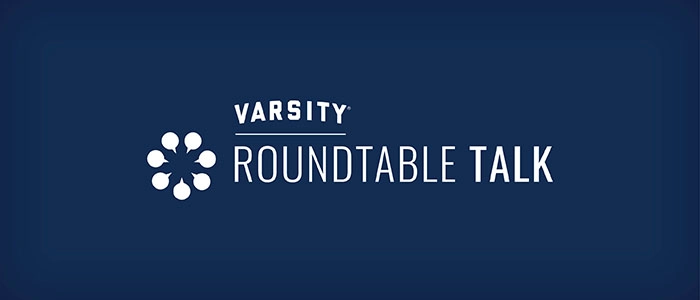QUOTES
“Ageism is prejudice against our future selves.” (Bob)
“At age 75, it’s too late for me to change society’s attitudes that are going to affect my aging well. It’s not too late for you.” (Bob)
“We really now have a new stage of life which increased longevity has made possible.” (Bob)
“The largest untapped workforce in America are older adults 55 to 80.” (Bob)
“The age group with the highest incidence reported of loneliness are young people 18 to 29, far greater than those over 75.” (Bob)
“Will (our efforts) eliminate ageism? No, it won’t. But will it change some attitudes? Yes.” (Bob)
“We have to think in a longevity economy, how do we turn increased longevity into a bonus for the individuals and for our society at large?” (Bob)
“Necessity and opportunity both give me hope.” (Bob)
NOTES
Bob Kramer is a nationally recognized expert in aging and senior living, co-founder of the National Investment Center for Seniors Housing and Care (NIC), and founder of Nexus Insights. He is renowned for his innovative approaches to transforming the perception and care of aging populations.
Nexus Insights is a think tank dedicated to advancing bold ideas and disruptive models that support aging well. The organization focuses on integrating diverse perspectives to address the challenges and opportunities associated with increased longevity and aging services.
Bob Kramer has been a pivotal figure in reshaping the senior housing landscape, advocating for a shift from an ageist narrative to one that sees aging as a period of contribution and value. His work has greatly influenced investment in senior housing and care, and he remains a key thought leader in the field through his continued advocacy for innovative, person-centered aging services.
Bob emphasizes the need to challenge the negative and fearful perceptions of aging, highlighting that ageism is essentially prejudice against our future selves.
He encourages young people to shift their views on aging by illustrating that statistically, many will live to be 100, making it crucial to combat ageist stereotypes early.
Bob discusses the untapped potential of older adults as a vital workforce segment, especially in addressing challenges like healthcare where their involvement could be transformative.
He notes that loneliness is more prevalent among younger age groups and suggests intergenerational programs as an effective solution to this issue.
Bob critiques terms like “silver tsunami” for their negative implications, arguing instead for a perspective that sees increased longevity as a societal bonus rather than a curse.
Technology and data are seen as crucial for future aging services, enabling more efficient and preventative healthcare where actionable data drives better quality of life.
He stresses the importance of redefining senior living environments to focus on life engagement and growth rather than decline and dependency.
Nexus Insights was founded to foster innovation in aging services, bringing together diverse viewpoints to drive effective and compassionate transformations in how society approaches longevity and elder care.
